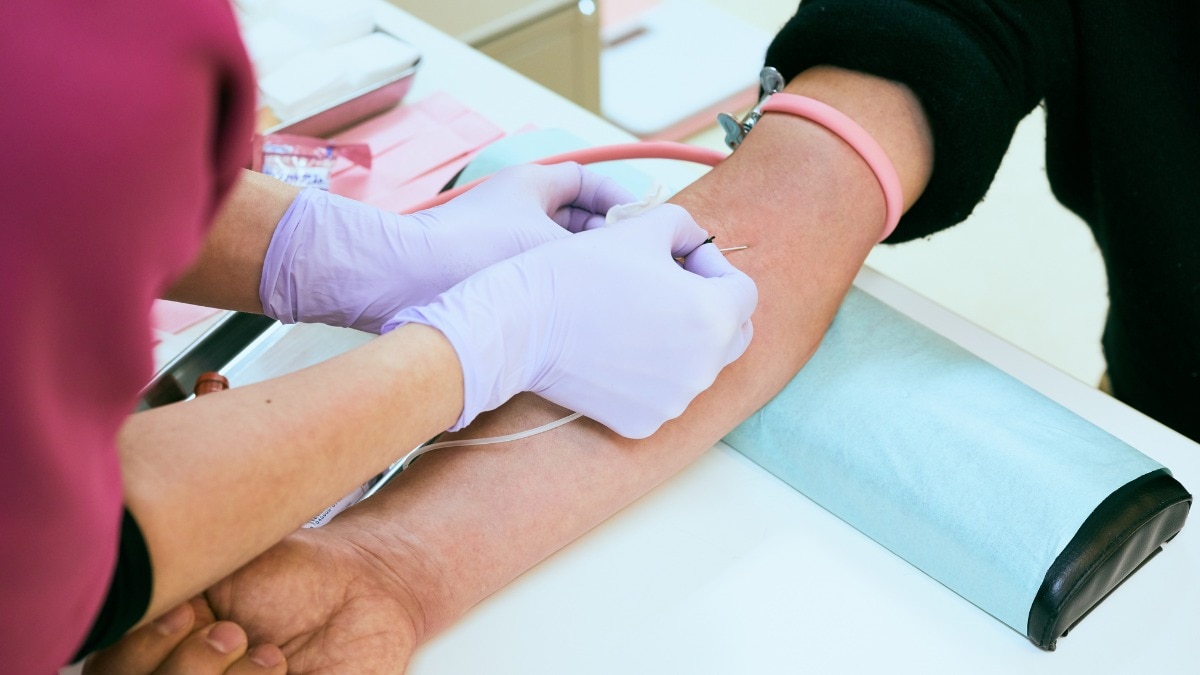Managing Pain During Gynaecology Appointments: New Guidelines for Australian Doctors

Australian women can expect improved pain management during gynaecological visits thanks to new guidelines released by the American College of Obstetricians and Gynecologists (ACOG). These are the first-ever guidelines specifically addressing how doctors should recognise and treat pain experienced by women during in-office procedures. This move represents a significant step forward in ensuring a more comfortable and positive experience for patients.
Why are these Guidelines Important?
Historically, pain management in gynaecological settings has often been overlooked. Many women silently endure discomfort during examinations, procedures like Pap smears, or even routine consultations, fearing judgement or believing pain is simply an unavoidable part of women's health. These new guidelines aim to break down that stigma and empower women to advocate for their comfort.
The guidelines acknowledge that pain is a subjective experience and emphasize the importance of open communication between patients and their doctors. They highlight the need for practitioners to actively assess a woman's pain levels, understand the source of discomfort, and proactively offer appropriate pain relief strategies.
What Do the Guidelines Recommend?
The guidelines offer a comprehensive approach to pain management, covering various aspects of care. Key recommendations include:
- Pre-Procedure Assessment: Doctors should routinely ask about a patient's pain history, anxiety levels, and preferred pain relief methods.
- Non-Pharmacological Techniques: The guidelines encourage the use of non-drug approaches such as relaxation techniques, deep breathing exercises, and positioning adjustments to minimise discomfort.
- Pharmacological Interventions: Where appropriate, topical anaesthetics (like lidocaine creams) and other pain medications can be used, with careful consideration of potential risks and benefits.
- Communication and Education: Clear and empathetic communication is vital. Doctors should explain procedures thoroughly, address patient concerns, and provide reassurance.
- Post-Procedure Follow-Up: Checking in with patients after the procedure to assess their pain and offer ongoing support is crucial.
Impact on Australian Women
While these guidelines originate from the ACOG, their principles are universally applicable and can easily be adapted for use in Australian gynaecological practices. Australian doctors are encouraged to familiarise themselves with these guidelines and integrate them into their clinical workflows. Ultimately, the goal is to create a culture of proactive pain management that prioritises patient comfort and well-being.
What Can Women Do?
These guidelines empower women to be active participants in their own care. Don't hesitate to:
- Communicate openly: Let your doctor know if you're experiencing pain or discomfort.
- Ask questions: Understand the procedure and any potential pain involved.
- Request pain relief: Don't be afraid to ask for options to manage pain.


:max_bytes(150000):strip_icc()/VWH-GettyImages-1709980394-c943de9423bd46248bbc6de7587badc9.jpg)



